When designing or renovating a home, certain features are often touted as modern or luxurious, but many of these elements become impractical or even useless if not suited to the local climate. While home improvements should ideally enhance a home’s comfort and functionality, some features that work in one region can cause significant drawbacks in another. Factors like temperature, humidity, and rainfall can drastically affect the performance of various features, rendering them far less effective than anticipated. Understanding how your local climate impacts these design choices can help avoid unnecessary frustration and wasted investment.
1. High-Efficiency Air Conditioning in Cooler Climates
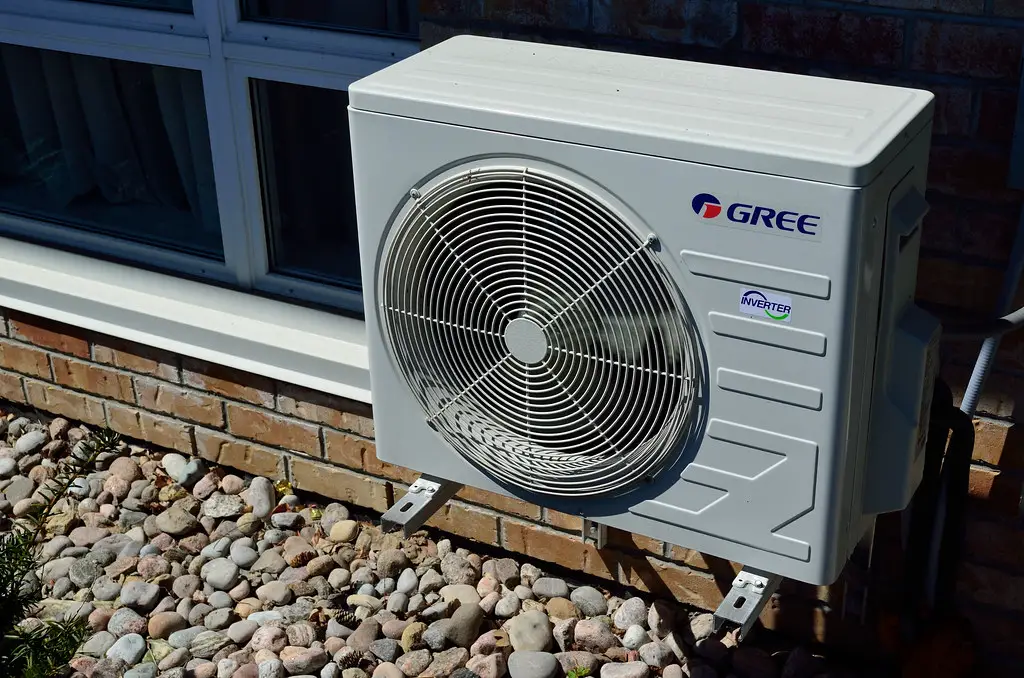
High-efficiency air conditioning systems are frequently marketed as a necessity for every home, but in cooler climates, they are often completely unnecessary. For example, areas like the Pacific Northwest or the Northern United States rarely experience temperatures hot enough to warrant the constant use of air conditioning. According to the Department of Energy, homes in these areas would benefit more from natural ventilation or ceiling fans. Installing an expensive AC system only adds to the energy bill without providing the cooling relief homeowners might expect, as the demand for air conditioning is significantly lower.
In climates where summer temperatures are mild, using high-efficiency AC systems can lead to underutilization, wasting energy and driving up costs unnecessarily. Additionally, systems that are built to handle high cooling loads may overcool spaces in such regions, making indoor temperatures uncomfortable. Instead of investing in an AC system, many homeowners in cooler climates can consider passive cooling strategies, such as strategically placed windows for cross-ventilation. By understanding the regional weather patterns, homeowners can make better choices about which systems are best suited to their needs, avoiding unnecessary upgrades.
2. Outdoor Fireplaces in Wet Climates
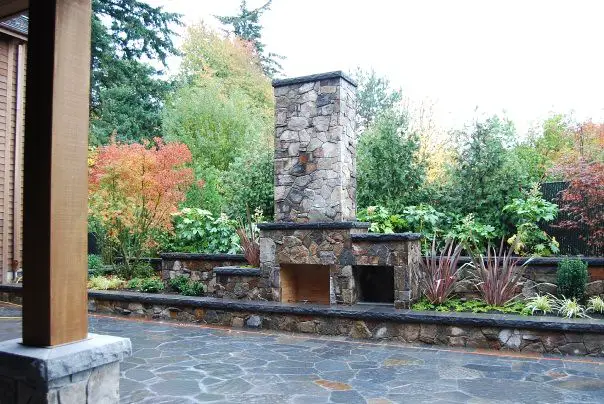
Outdoor fireplaces are a luxury feature in many homes, offering warmth and a place to entertain. However, in areas with high humidity and frequent rainfall, these fireplaces are often not practical. As noted by US Brick and Block, these features may become a hassle rather than a pleasant addition — especially in places like the Pacific Northwest or the Gulf Coast, where damp conditions can make outdoor gatherings uncomfortable. The constant exposure to moisture causes these fireplaces to deteriorate faster than in drier climates, leading to maintenance issues and eventual disrepair.
Further complicating matters, outdoor fireplaces in wet climates are often used infrequently due to the unpredictable weather. While they may look appealing on paper, the constant need to clean and repair them due to rust and decay makes them less desirable. Homeowners in these regions may find that a covered patio or a fire pit works better as an alternative. The latter options provide similar warmth and ambiance without the need for expensive maintenance.
3. In-Floor Heating in Tropical Regions

In-floor heating systems are a luxury in cold climates, providing warmth during the winter months. However, they can be a costly addition in tropical or sub-tropical regions, where heating systems are seldom needed. According to New Avenue Homes, homeowners in places like Florida or Hawaii find little use for radiant floor heating, as the temperature rarely drops low enough to justify the expense. Not only does this feature go unused for most of the year, but the maintenance and installation costs may never be fully recovered.
In these warmer regions, homeowners often focus on cooling strategies, such as air conditioning or natural ventilation, rather than heating systems. Installing in-floor heating in tropical climates could be an investment that never pays off, both financially and functionally. For those living in warmer climates, it’s advisable to focus on cooling methods that align with the natural climate, ensuring better comfort and energy efficiency.
4. Basements in Flood-Prone Areas
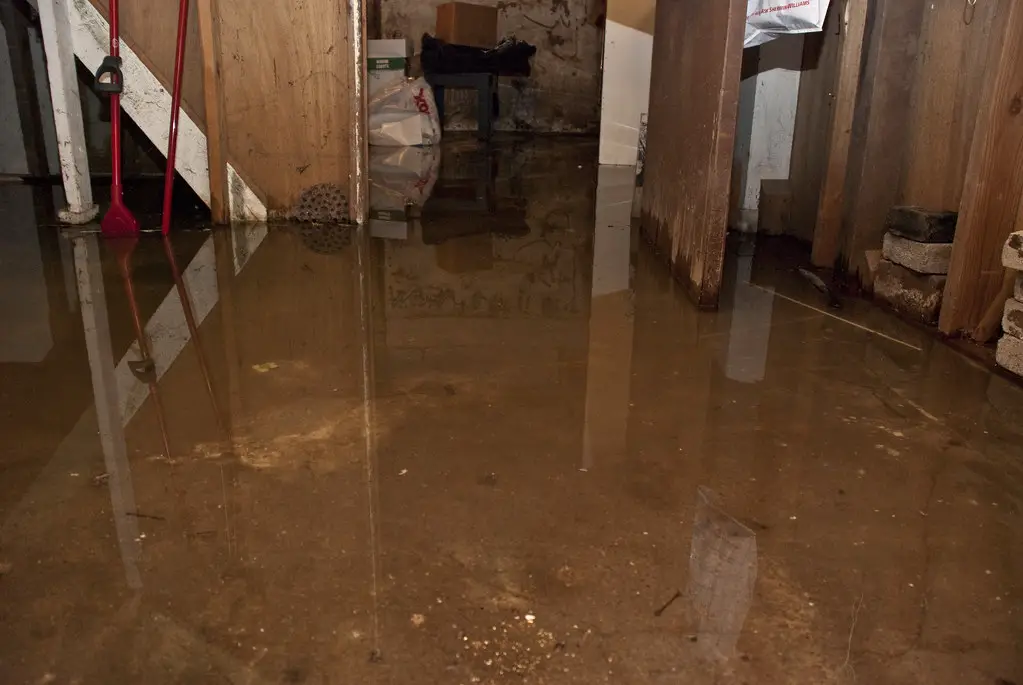
Basements are a desirable feature in many homes, offering additional storage space and living areas. However, in flood-prone regions or areas near bodies of water, basements can quickly become a liability. According to the FEMA, homes located in flood zones are at a high risk of basement flooding, making these spaces more trouble than they’re worth. Water damage, mold growth, and structural issues can arise when basements are exposed to flooding, leading to expensive repairs and health hazards.
Homeowners in flood-prone areas should carefully consider whether a basement is worth the investment, especially when considering the high likelihood of damage. In places like coastal cities or areas with high rainfall, raised foundations or slab-on-grade homes are often a better option. These alternatives help mitigate the risk of flood damage and are better suited to the region’s environmental conditions.
5. Solar Panels in Overcast or Cloudy Regions
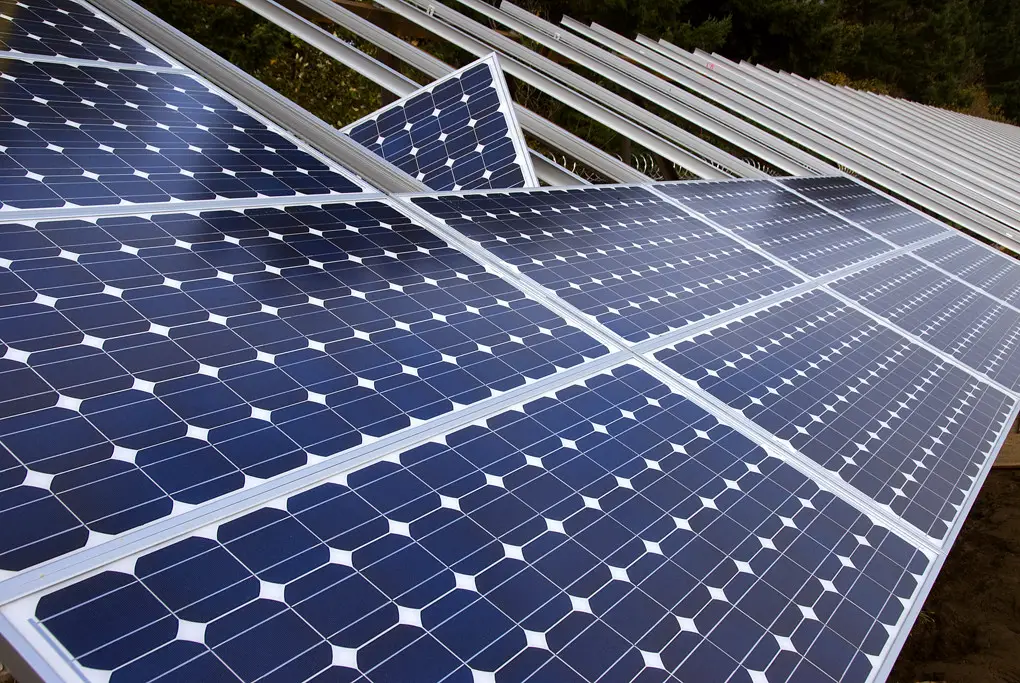
Solar panels are becoming increasingly popular as homeowners seek to reduce energy costs and lessen their carbon footprint. However, in regions that experience constant cloud cover or have limited sunlight, such as parts of the Pacific Northwest, solar panels may not generate enough energy to justify their installation. According to renewable energy experts, places like Seattle or Portland are less ideal for solar power compared to sunnier areas like Arizona or California. Despite the initial investment, the energy savings from solar panels can be minimal in areas that don’t receive enough sun exposure.
While solar panels work best in sunny regions, they can still be an option in cloudy climates, though the energy production will not be as efficient. Homeowners in these areas may find that investing in other renewable energy sources, such as wind power or geothermal systems, could be more effective. It’s important to evaluate your local climate and energy needs before making an investment in solar panels, ensuring that it will be a beneficial and cost-effective upgrade.
6. Screened-In Porches in Humid Climates
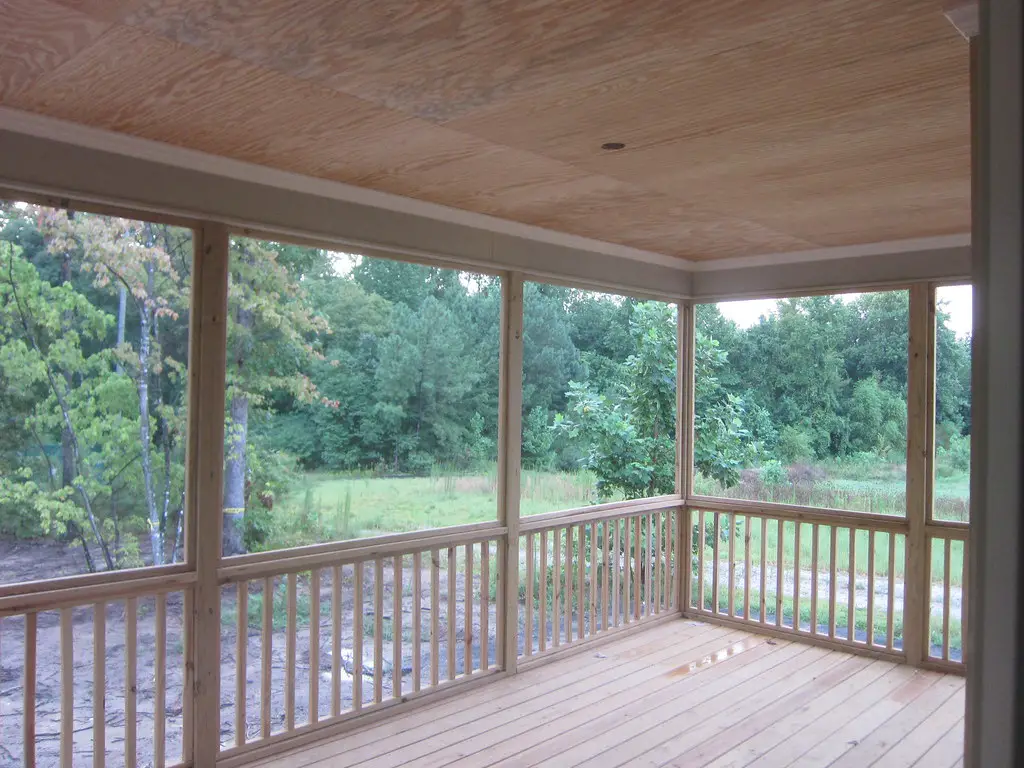
Screened-in porches are a popular feature in many homes, offering protection from insects while providing an outdoor living space. However, in climates with high humidity and frequent rain, such as the Southeast United States, these porches can become a breeding ground for mold and mildew. According to home maintenance experts, the constant exposure to moisture can cause the screens and wood materials to deteriorate faster than in drier climates. Additionally, the high humidity makes it difficult to enjoy the porch for much of the year due to the oppressive air and bugs that find their way inside.
Instead of a screened-in porch, homeowners in humid regions may benefit from alternative outdoor spaces that are better suited to the climate. For example, a covered patio or a pergola offers shelter without trapping humidity inside, allowing for a more comfortable experience. By opting for a design that accounts for the weather conditions, homeowners can ensure their outdoor spaces remain functional and enjoyable.
7. Jetted Tubs in Smaller Bathrooms

Jetted tubs, once a luxury feature in many homes, are now considered impractical in smaller bathrooms, especially when space is at a premium. While they provide a relaxing experience, their bulky design and the complex plumbing required can create significant challenges in tight spaces. According to home design experts, many homeowners quickly find that jetted tubs are difficult to maintain and take up valuable bathroom space. In smaller homes, a freestanding tub or walk-in shower may provide more utility and style, without the hassle of maintaining a large fixture.
Additionally, jetted tubs require regular cleaning to prevent the buildup of mold and bacteria, which can make them even more cumbersome to manage in smaller bathrooms. The amount of water needed to fill a jetted tub can also lead to increased utility costs. Homeowners in smaller homes or apartments should reconsider whether the space dedicated to such a feature is worth the investment, especially when other, more practical options are available.
8. Ceiling Fans in Extremely Cold Climates

Ceiling fans are a great way to circulate air in warmer climates, but in extremely cold areas, their benefits may be negligible. According to HVAC experts, ceiling fans are designed to move air, which can help cool down a room during the summer months. However, in regions where winters are long and harsh, ceiling fans are less likely to provide any meaningful benefit in terms of heating. In fact, they can sometimes cause discomfort by circulating cold air around the room, making the space feel chillier.
Instead of ceiling fans, homeowners in cold climates would be better served by investing in more effective heating solutions, such as programmable thermostats or radiant floor heating. These systems focus on providing consistent warmth without the discomfort caused by moving cold air. Ceiling fans are best suited for regions that experience warm to hot temperatures, making them less useful in areas where winter dominates much of the year.
9. Green Roofs in Wet Regions
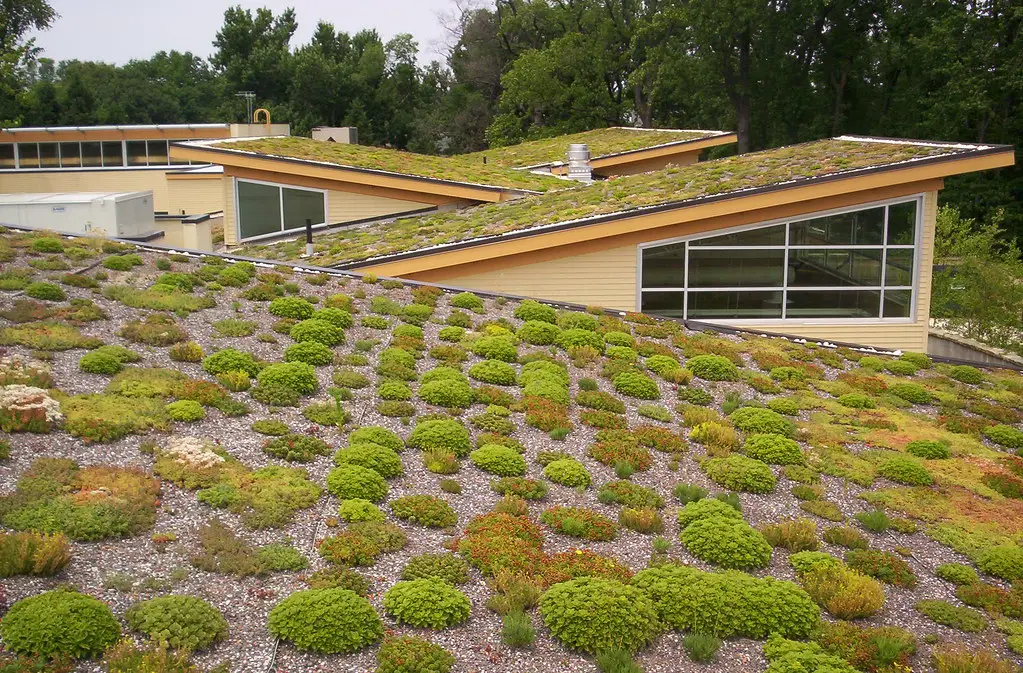
Green roofs, which involve planting vegetation atop buildings to help with insulation and stormwater management, are often seen as an eco-friendly solution. However, in regions with excessive rainfall or high humidity, green roofs can present significant challenges. According to environmental engineers, these roofs require careful maintenance to ensure that the plants do not become waterlogged or cause drainage issues. In areas with constant rain, the extra moisture can lead to root rot or mold, rendering the roof less effective at managing stormwater and increasing the risk of leaks.
In climates with frequent rain, homeowners may find that a traditional roof with proper drainage is more efficient and less prone to water-related issues. While green roofs are a great sustainable feature for dry or temperate climates, they need more frequent attention and maintenance in wetter regions. For those living in such areas, opting for alternative environmental features that do not rely on constant upkeep may be a better choice.
10. Wooden Decks in Humid Areas
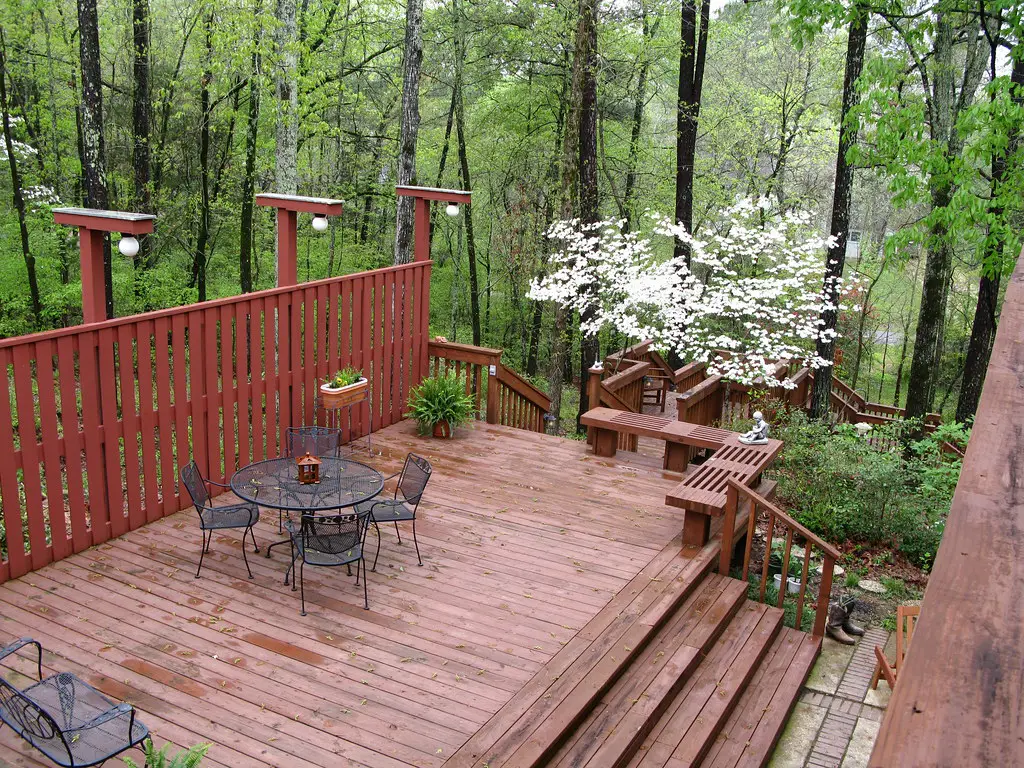
Wooden decks have long been a popular choice for outdoor spaces due to their natural look and feel. However, in areas with high humidity and frequent rain, wooden decks can quickly deteriorate, leading to unsightly discoloration and structural damage. Experts recommend using composite or synthetic decking materials for homeowners in humid climates, as these materials are less prone to moisture damage. Wooden decks, on the other hand, require constant maintenance and sealing to prevent rot, mildew, and mold growth, making them a poor investment in humid regions.
In humid areas, the constant exposure to moisture can lead to warped wood, splintering, and the growth of mold and mildew. These issues can result in costly repairs or the need to replace the deck entirely. Homeowners in regions with high humidity should carefully weigh the costs of maintaining a wooden deck before committing to this type of outdoor feature.
11. Over-Sized Windows in Hot Climates
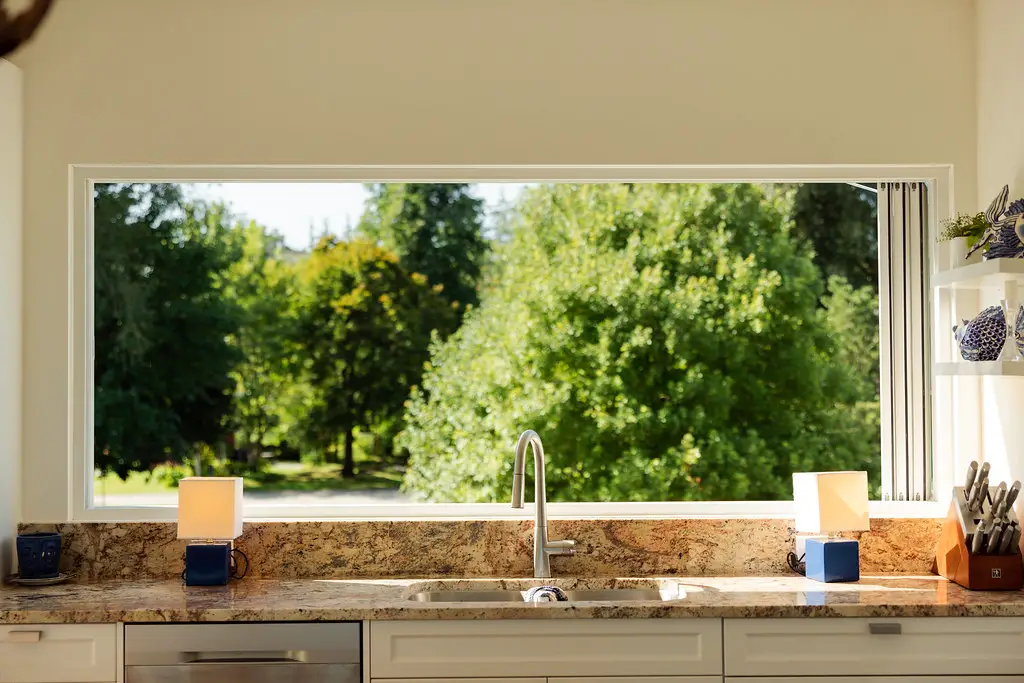
Large windows can offer great natural light and beautiful views, but in hot climates, they can quickly turn into an energy liability. In areas where temperatures soar during the summer, oversized windows can allow an excessive amount of heat to enter the home, driving up cooling costs. According to energy efficiency experts, homes in hot climates often suffer from higher air conditioning bills because large windows allow sunlight to pour in, causing the interior to heat up. To combat this, homeowners can install smaller windows or incorporate shading elements, such as overhangs or exterior screens, to block the sun’s direct rays.
Additionally, large windows are often less effective at keeping cold air in during the cooler months, which can lead to uncomfortable indoor temperatures. In these climates, it’s often better to focus on energy-efficient window solutions, such as double-glazing or low-emissivity glass. This helps minimize heat transfer, ensuring that the home stays cooler in the summer and warmer in the winter, without sacrificing natural light.
12. Walk-In Closets in Smaller Homes

Walk-in closets are a luxury feature many homeowners dream of, but in smaller homes, they can take up valuable living space. While they can be convenient and provide ample storage, walk-in closets often use up square footage that could be better utilized elsewhere. According to home design professionals, smaller homes or apartments may benefit more from efficient, built-in storage solutions that maximize space without compromising the overall layout. When dealing with limited space, a closet organizer or built-in shelves may be a smarter choice.
In addition, walk-in closets can be impractical if they end up underutilized. In smaller homes, where every square foot counts, dedicating an entire room to storage may not always make sense. Homeowners can still achieve an organized, functional storage system without sacrificing too much space, ensuring that their home remains comfortable and efficient.
